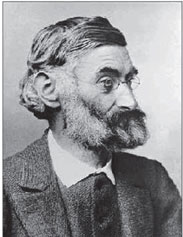Dear Abbe,
We here at ACME Industries purchased a scanning acoustic microscope to test our products for voids and cracks. In the process of setting up and calibrating the instrument, I wondered if there were better testing and calibration methods than those in the manufacturer's manual. We do want to get this right. We keep getting howling complaints about our products from some canine-sounding person in Arizona.
Testing in Titusville
Dear Testing,
Oofdah! I'm humbled and proud at the same time that you asked! I generally use a variety of unorthodox testing and calibration methods. I find it has the added benefit of job security if you're the only one that knows the methodology. You are no doubt using pure sine waves to test your instrument or, if you are feeling dangerous, cosine waves. But really, why be so conventional? If you are like most intelligent, digitally savvy people today, you have music in the lab. What is music but a set of simultaneous sine waves? When I was visiting Grenoble, I would stop in on my good friend Joe Fourier, and we would see what kinds of mischief we could get into while listening to French Metal music involving metal drums and amplified lutes. After an evening in the powdered-wig mosh pit, Joe was inspired to write On the Propagation of Heat in Solid Bodies. These days, I prefer “Hocus Pocus” by Focus for this purpose. The descending yodel makes a nice frequency sweep.
Irritated with your laboratory's noise generators? Bother Herr Abbe's tone-deaf adjutant at johnshields59@gmail.com. You can be sure Abbe will improve the signal-to-noise ratio.





